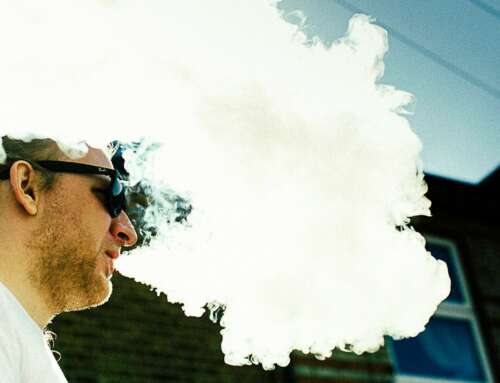With new rules restricting Victorians’ activities and movements to try to stem the second wave of COVID-19 cases comes the question of whether people will actually stick to them.
There are at least two ways to answer this question, from a compliance perspective and a behavioural science perspective. Both lead to a similar answer: yes. But there are caveats when it comes to people’s behaviour, and it’s important we know them to keep compliance high.
There are various compliance models that predict whether people will follow the rules.
These models describe compliance as a complex formula of different motives (for example, economic or social factors), capabilities (having the knowledge or resources available to comply with the rules), a respect for the law, and the risk of detection and punishment (including severity) if caught.
Looking at the current situation in Victoria, it appears many of these predictive boxes are ticked, meaning compliance should be high.
For example, the new rules have been shared widely in traditional and on social media, so most people should be aware of them. Daily messaging about the number of people dying from COVID-19 and the strain on ICUs provides a strong moral platform to motivate people to behave correctly.
And widespread communication about the enforcement of the rules should cause people to feel they’re likely to be caught if they break them.
Required behaviours are also highly visible – wearing face masks, being in groups of no more than two people, staying indoors after 8pm – which makes the certainty of detection higher for those who flout the rules.
And if people are caught breaking them, the punishments are severe, as evidenced by the on-the-spot fines of nearly $5000 for people who fail to self-isolate.
Yet it isn’t that simple. New research from the US adds other factors that are important, such as the many opportunities for people to break the rules, impulsiveness (versus self-control), and the perceptions of what others are doing.
These factors – along with knowledge of the rules, the practical capacity of people to follow them, and the threat of COVID-19 itself – were what influenced compliance rates in the US study. The possibility of being caught and the severity of punishment, however, were less relevant.
These latest models suggest compliance may not be so easy. There are plenty of opportunities for people to break rules, for instance, and impulsiveness is hard to control.
There is also much sharing (and shaming) of rule-breakers on social media, as well as details on the number of fines being issued, which may lead to a perception that compliance rates are lower than they are.
There is a long history of evidence that shows how our behaviour is influenced by what others are doing around us (regardless of whether these norms are real or perceived). Importantly, this can work in both positive and negative ways.
If we believe most people (or a growing number of people) are following the rules, we are all more apt to behave properly. And highlighting this positive behaviour to others can be a powerful tool. A good example of this is Victoria Premier Dan Andrews tweeting the empty streets of Melbourne last week.
However, the influence of others can backfire when there is a perception a lot of people are breaking the rules.
This perception can be fuelled by the media regularly seeking out and sharing examples of rule-breakers. If we believe there is widespread non-compliance, it often leads to further non-compliance.
Another uncertainty is how long it takes people to grow accustomed to new rules and form new behaviours.
Some research suggests an average of 66 daily repetitions, but this is highly dependent on the specific behaviour and audience.
It stands to reason the more we become accustomed to always wearing a mask when we leave the home, the more likely this behaviour will become habituated. This makes it easier to do over time, as it requires less thinking. The behaviour simply becomes automatic.
And if behaviours become habituated, there should be fewer concerns over so-called “response fatigue”, which occurs when we become tired of having to be constantly vigilant about our behaviour — particularly when we are unsure if it’s making a difference.
Lastly, people are much more apt to follow rules when the authorities are clear in their directions of what is and isn’t allowed. It’s necessary to tell people what you want them to do, why, when, where, and for how long.
Such clarity can provide us with much-needed direction, motivation and persistence in times of uncertainty, even in the face of challenging tasks and difficulties tempering our lack of impulse control.
The COVID-19 world presents a unique type of compliance and behaviour-change challenge. It requires high levels of compliance – all the time, and over a prolonged period of time.
We can’t tolerate or ignore a small minority of people doing the wrong thing, as this will have implications for all of us.
While compliance and behavioural science research would suggest most of the right things are in place in Victoria to foster compliance, we still remain vulnerable to our own biases, desires and previous habits.
But through the sharing of collective and clear goals, a close examination of the factors that influence us (including the perception of rule-breakers we see in the media), and the formation of new habits, it’s possible to get everyone to fall in line and do the right thing.
![]()
This article originally appeared on The Conversation.
This article was first published on Monash Lens. Read the original article







Leave A Comment